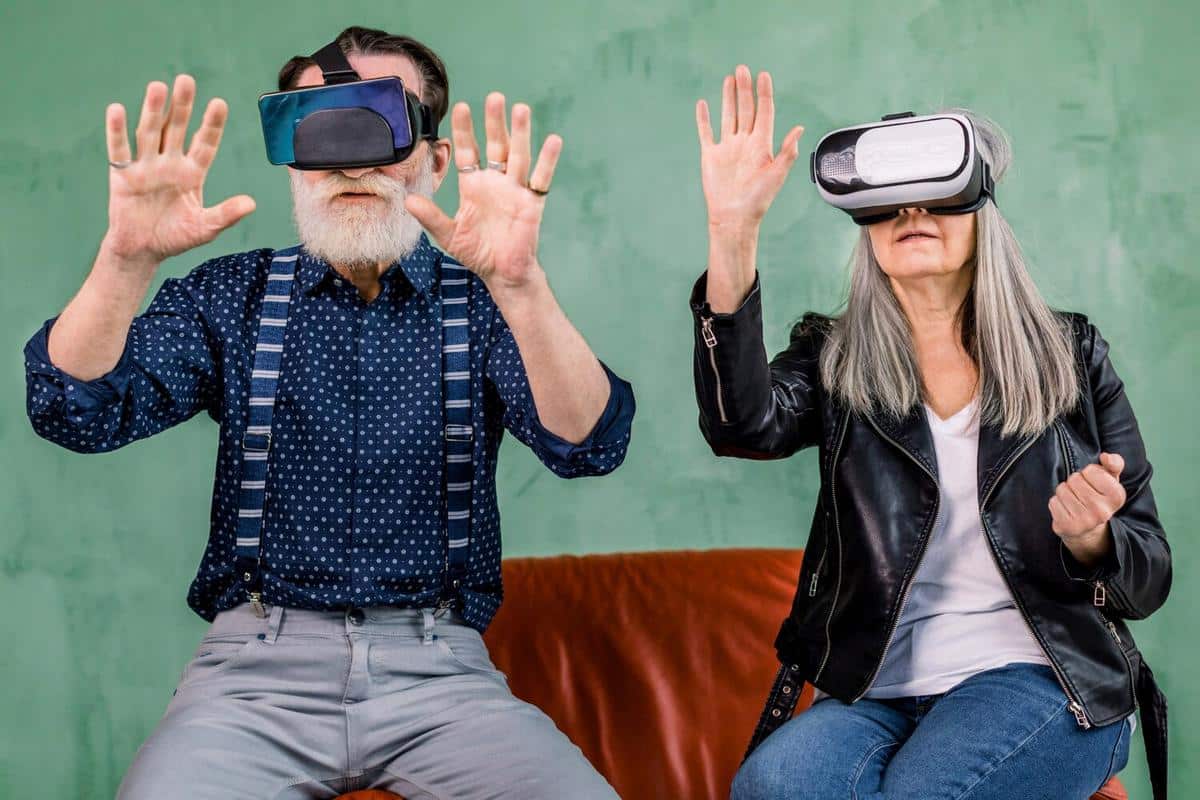
Virtual Reality: A New Frontier for Activist Engagement
Virtual reality (VR) is no longer just a playground for gamers and tech enthusiasts; it’s rapidly emerging as a dynamic tool for activists seeking to engage and inspire action in digital spaces.
As the world becomes increasingly digital, the tools available for activism are evolving. Virtual reality offers a unique platform for activists to create immersive experiences that can foster empathy and understanding. According to a study published by the Stanford University Virtual Human Interaction Lab, VR experiences can significantly increase emotional engagement compared to traditional media.
Expert Opinions: The Power of Immersion
Dr. Jeremy Bailenson, a leading VR researcher, suggests that VR’s power lies in its ability to create a sense of presence, allowing users to ‘walk a mile in someone else’s shoes.’ This capability is invaluable for activism, as it can bring distant issues into a personal context.
Statistics and Research Findings
Recent findings from Statista show that the number of VR users worldwide is expected to reach 171 million by 2028. This growing audience presents an incredible opportunity for activists to reach and educate more people through immersive storytelling.
Personal Anecdotes: Real-World Impact
Consider the case of an environmental activist group that used VR to simulate the effects of deforestation in the Amazon. By placing viewers in the heart of the rainforest, the group was able to vividly demonstrate the consequences of logging, leading to increased donations and support for their cause.
Actionable Tips for Activists
- Start small: Create simple VR content using 360-degree video to tell your story.
- Collaborate with VR developers to enhance the quality and impact of your projects.
- Utilize platforms like YouTube VR to reach a broader audience.
Focus on storytelling: The most effective VR experiences are those that tell a compelling story and evoke emotion.
Comparison Table: VR vs. Traditional Media for Activism
| Feature | VR | Traditional Media |
|---|---|---|
| Immersion | High | Low |
| Emotional Engagement | High | Moderate |
| Reach | Growing | Established |
| Cost | Variable | Variable |
| Ease of Production | Complex | Moderate |
| Storytelling | Dynamic | Static |
| Audience Interaction | Interactive | Passive |
| Impact | Potentially High | Moderate |
Frequently Asked Questions
How can VR be used for activism?
VR can be used to create immersive experiences that educate and engage audiences on pressing social issues.
Is VR accessible to all activists?
While VR technology can be expensive, there are affordable options like 360-degree video that can be used effectively.
What are the challenges of using VR in activism?
Challenges include production costs, the need for technical expertise, and ensuring accessibility for all audiences.
In conclusion, virtual reality is opening new avenues for activist engagement by providing tools to create powerful, immersive experiences. As access to VR technology continues to grow, so too does the potential for activists to leverage these tools to drive change and inspire action. Whether you’re an established activist or just starting out, exploring VR could provide the innovative edge needed to amplify your message.


